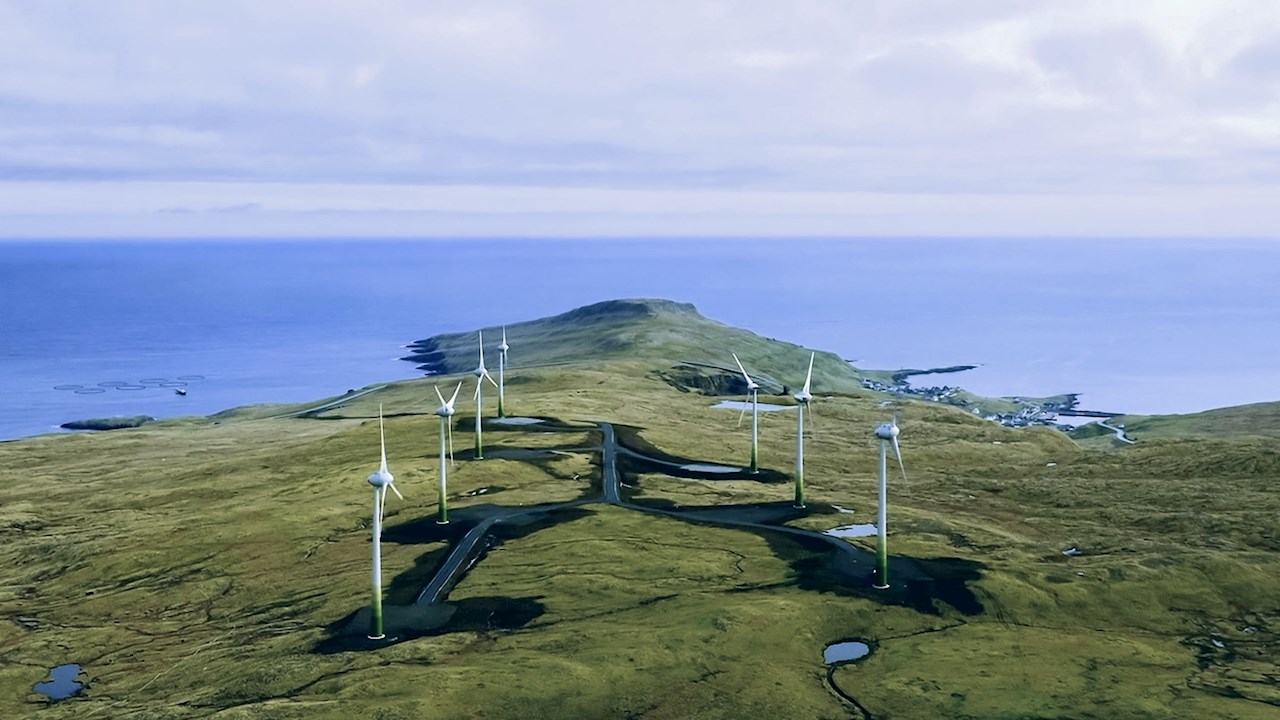Spinning inertia, otherwise known as kinetic reserve, is vital for power grids. It helps to resist sudden changes, such as when a generator trips offline, so that the grid frequency remains within tightly controlled limits.
Its role can be compared to the way a car’s shock absorbers smooth out a sudden bump in the road to keep it safely on course. Historically, power grids have relied on the inertia inherent in large, centralised generation plant to keep them in balance. However, as large fossil-fuel plants are decommissioned in favour of renewable energy, usually wind and solar power, there is an ongoing, dramatic reduction in the amount of spinning inertia available within the grid.
The loss of inertia presents a challenge for many types of public utility and private grids, including large networks serving urban areas, island networks and microgrids that power remote mining facilities. That is prompting operators to seek ways to restore their reserves of inertia.
